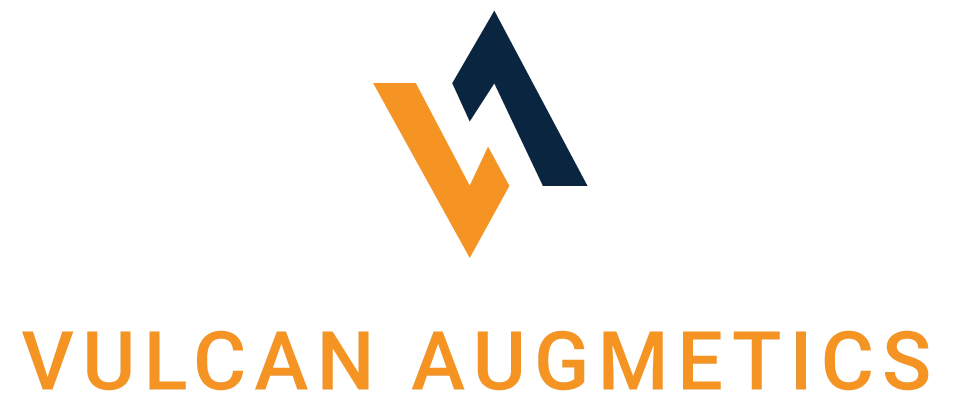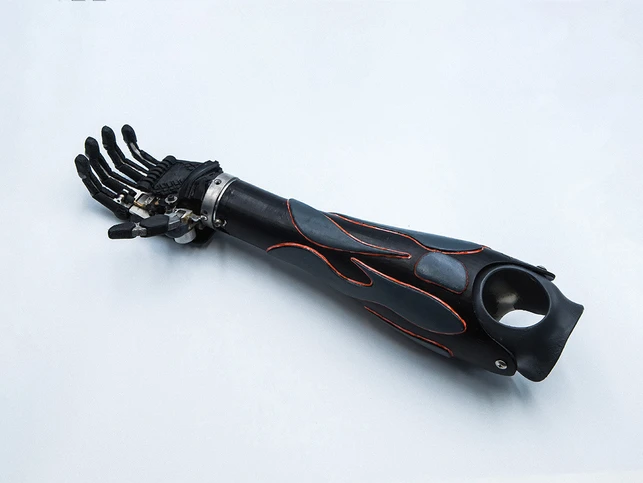Limb loss is a life-altering event that can have a significant impact on an individual’s physical and emotional well-being. Whether it is due to a congenital condition, trauma, or illness, the loss of a limb can present numerous challenges. This comprehensive guide aims to provide a thorough understanding of limb loss, including its causes, different types of amputations, preparation for limb ampuatation, and the importance of effective communication with surgeons. Whether you have to personally experience limb loss or are seeking to support someone who has, this guide will serve as a valuable resource to navigate this complex topic. We are here to let you know that you have us to go through with you in this not-so-easy journey. 1. Understanding causes of Limb Loss Limb loss can occur for a variety of reasons, ranging from congenital conditions to traumatic incidents. Here are some of the most frequent limb loss causes that people are experiencing: According to John Hopkins Medicine, traumatic amputation accounts for 45% of all cases. It usually happens as a result of accidents from traffic vehicles, combat injuries, and mostly, from work-related accidents. It is especially common in developing countries where industrialization is growing, requiring more and more laborers to work for factories and most of the time, under very poor working conditions. After the accidents, some parts of the person’s limb are cut off or crushed badly or seriously burnt, which affects the blood flow and doctors have to amputate them to save their lives. Some diseases, especially Peripheral Artery Disease (PAD) and diabetes, which destroy your tissues by restricting your blood flow to carry oxygen to the cells in your limb and make your tissues gradually die or seriously affect blood circulation, can lead to a surgical amputation to control pain and a disease process for patients. Compared to the other 2 kinds of amputation, cancer-related amputation is not so common, however, some forms of cancer, such as bone cancer, can still require patients to cut off their hand, arm, foot, or leg to stop spreading cancer cells to other healthy tissues or body parts. When someone is born with a missing part of their limbs or the limbs are not formed correctly as they should be, it is called congenital amputation. There is no exact reason for causing it as we have several causes contributing to blood clots forming in the fetus. Most people choose to use a prosthesis or do other operations to rearrange the limb. 2. Exploring the different types of Limb Loss Since there are several causes leading to an amputation, we have different types of limb loss, we also use the term “amputation level”, which is usually decided by doctors and the cause of amputation itself. These are the most common amputation levels: Also known as trans-radial amputation, it is operated at the radius and ulna of the forearm. It significantly impacts a patient’s life as it involves the loss of the entire wrist and hand. This can limit the functions patients are accustomed to, but with myoelectric prosthetics that are offering more flexibility by responding to muscle signals from the remaining limb. However, things are changing with the existence of myoelectric prosthetics, which allow the patient to do more activities flexibly due to the advanced program inside the myoelectric hand which can react to the movement signal from the muscle of the patient’s remaining limb. To find out what myoelectric hand is suitable for you, call hotline 028 66 53 07 37 or read Types of Limb Prosthetics. When a patient’s hand is removed from the humerus, it is called above-elbow amputation. This type of amputation level usually happens as a result of accidents at the workplace. Though compared to below-elbow amputation, patients with above-elbow amputation have less function, it is still worth it for them to have prosthetic arms to support them in doing some basic activities in daily life. Vulcan Flex Hand now can be suitable for above-elbow amputation patients, too. Transtibial amputation involves the surgical removal of the lower leg, which can be a complete or partial removal, depending on the patient’s specific circumstances. Importantly, the knee joint is preserved in this type of amputation, maintaining function in the upper leg. This amputation level gives patients a better outcome when it comes to performing functions than above-knee amputation. It is also called transfemoral amputation, where surgeons have to cut through the femur, the large bone in the upper leg of the patient. Since this amputation level leaves a serious impact on the patient’s balance and how the patient will walk again, doctors usually take a certain time to plan and discuss with the patient or their family before operating. 3. Three phases of decision-making process The decision-making process can take a short or long time depending on the patient’s condition and their willingness, however, it all comes to one point that it is not an easy decision. Based on our users’ experiences and our research, the amputation decision-making process includes three phases: “How am I supposed to take care of myself?”, “How can I find a job and financially support my family?”, “What is my life without my limb?”, “How do I look after the amputation?” 4. Preparing for the amputation operation The idea of one day waking up and realizing you do not have your limbs anymore is a cruel reality for anyone, therefore, limb amputation is considered a challenging and devastating event in people’s lives and emotions will be the most difficult to prepare. This journey requires a lot of strength, love, support, time, and money for you, your family, and your loved ones. Here are some tips that you can follow to help you mentally prepare before the amputation Consider taking some simple movement exercises. The point of doing this is to help your muscle retain its strength, which helps you a lot in performing other functions when using a prosthetic limb. Try to sleep enough, we know this sounds unrealistic for




